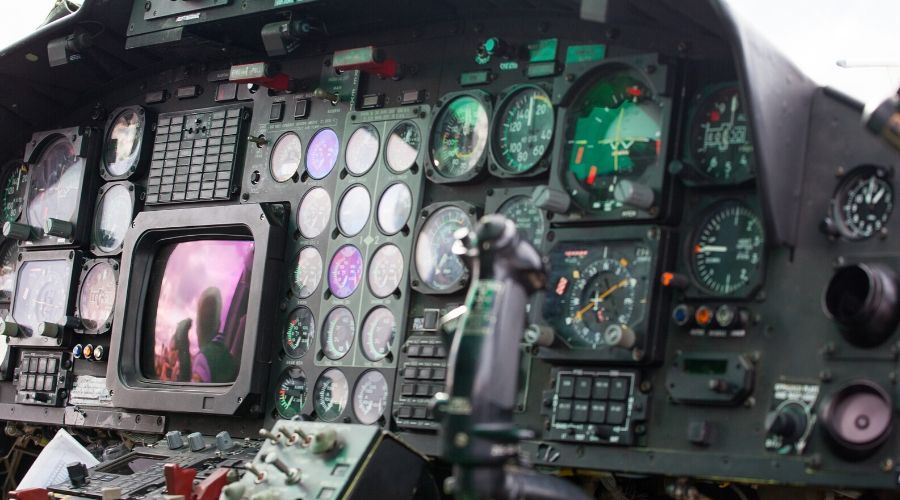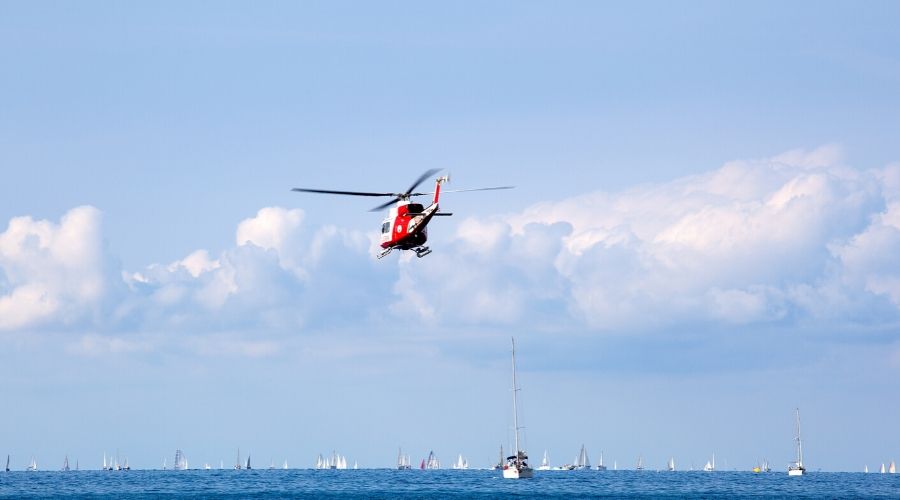Night Vision Goggles for Aviation: Training Requirements
Night vision goggles are no longer limited to military and law enforcement operations anymore. Night vision goggles for aviation have also expanded for commercial use.
In 1999, the Federal Aviation Administration (FAA) disseminated the Supplemental Type Certificate (STC). This served as the permit to use night vision goggles by a commercial helicopter conducting emergency medical services.
Since then, several more commercial operators have been permitted to use night vision goggles for aviation. Therefore, it’s critical for all pilots to fully understand the essential operational use and issues encountered when using night vision technology.
Importance of Night Vision Goggles for Aviation Training
Visual Flight Rules (VFR) for nighttime introduce challenges that are not present during daytime VFR. When conducting night missions, essential in-flight cues are reduced – contesting a pilot’s capability to do nighttime flight missions safely.
Night vision goggles for aviation are helmet-mounted gears that help amplify light. They notably improve nighttime flight missions. With the use of night vision goggles, pilots can safely venture out when flying at night almost as carefully as daytime flying.

Completing training before using night vision goggles for aviation is vital. There are flight schools across the United States accredited by the FAA that conduct the necessary NVG training to complement night vision technology.
NVG Technology Advancements
Over the years, advancements in NVG technologies and manufacturing solutions have made night vision goggles more accessible – with lowered costs. Many civilian and commercial operators are now capable of procuring and utilizing night vision goggles for night flight missions.
For this reason, many aircraft operators are working toward completing the NVG Initial Qualification and NVG Refresher Training to improve their night or low-visibility operations.
Aviation NVG Training Programs
Ground and flight training programs are included in the overall NVG training curriculum. FAA-accredited training providers will have a crew of authorized and experienced aviation NVG instructors.
When pilots have successfully completed the training, they will obtain the required NVG endorsement by the FAA. This endorsement makes pilots eligible to be the Pilot in Command for all NVG operations.
Many aviation NVG training providers will also have an Instructor Pilot Certification course. Upon completing this course, there’s an authority to endorse NVG instructors, provide NVG training, and conduct proficiency reviews.
NVG Ground Training Program
An NVG ground training program will typically include in-depth discussions of regulations and limitations when it comes to the use of the device. The program will also discuss medical-related factors in the use of night vision goggles, including:
- How the eyes adapt to night vision
- How to protect the eyes
- Self-imposed stressors that negatively affect night vision
- How the available light reacts to night vision
- Cues that indicate the depth and distance perception during low-light or night flight conditions
During this critical part of the program, pilots will also learn how to accurately interpret night terrain and other scenes and the factors that affect these interpretations. They will also study how to conduct an operation with night vision planning properly.
NVG Flight Training Program
During the flight training part of the program, students will learn preflight preparations. There will also be a discussion of the internal and external components of lighting systems for night vision.
This stage will also tackle the proper procedures when it comes to night vision piloting techniques. Every phase of the flight (takeoff, climb, en route, descent, and landing) will have a designated NVG setting that all pilots must familiarize themselves with.
The flight training part of the curriculum will review emergency flight operations as well as regular and abnormal scenarios when using night vision goggles for aviation.
Training Requirements
NVG Initial Training
- 8 hours of NVG ground training and 6 hours of NVG flight training
- Medical certificate
- Holder of a private or civilian helicopter rating
NVG Refresher Training
- Must have a private or commercial helicopter rating
- NVG qualification
- Medical certificate
- 4 hours of NVG ground training and 2 hours of NVG flight training
Training Location

Most aviation NVG training providers conduct training at their own facility. This setup is typically more preferred as you will have access to different types of environments: urban, rural, mountainous, coastline, etc.
Many training providers will also provide training at your facility or where you’re operating. They will travel to you to conduct training.